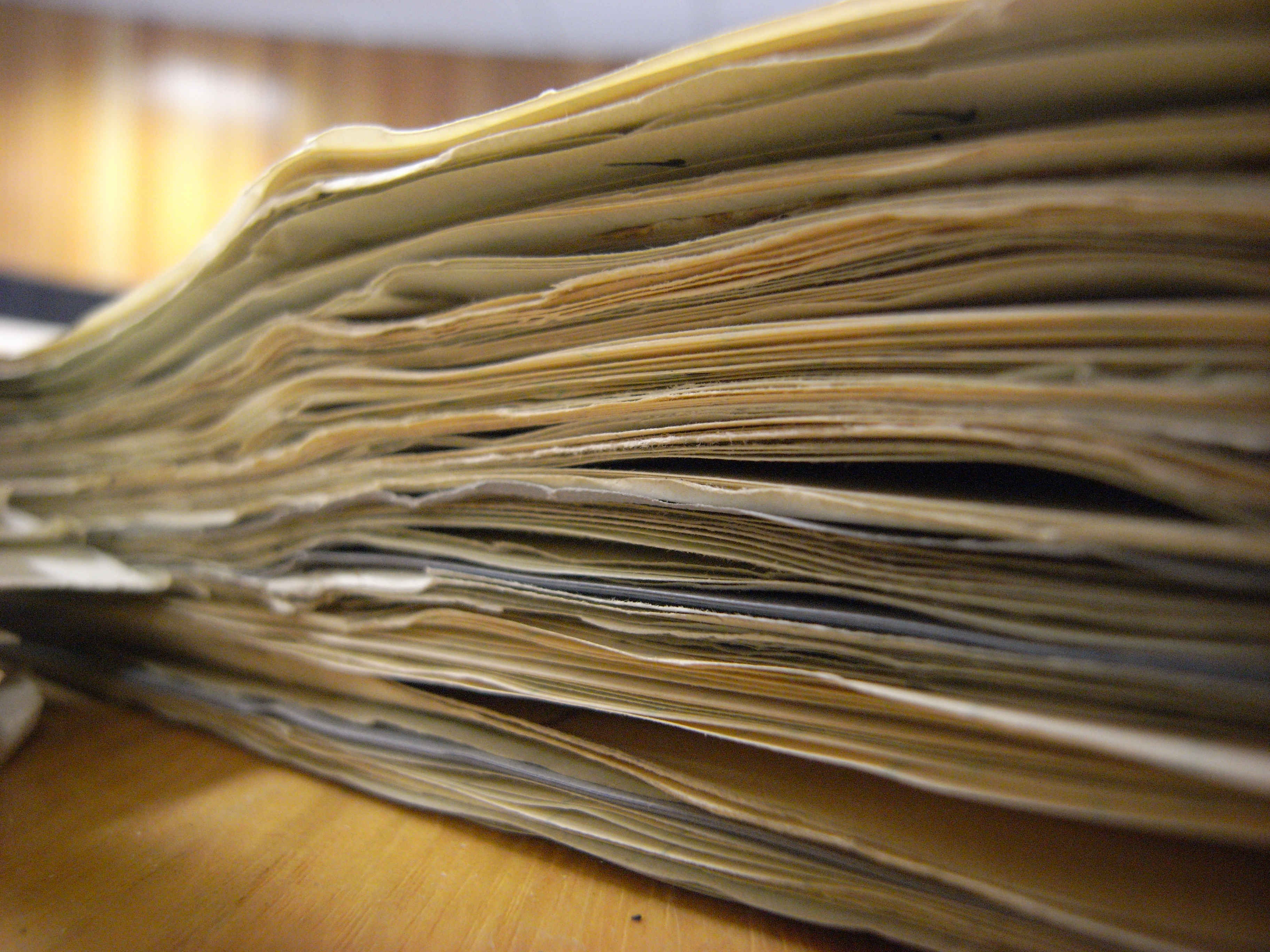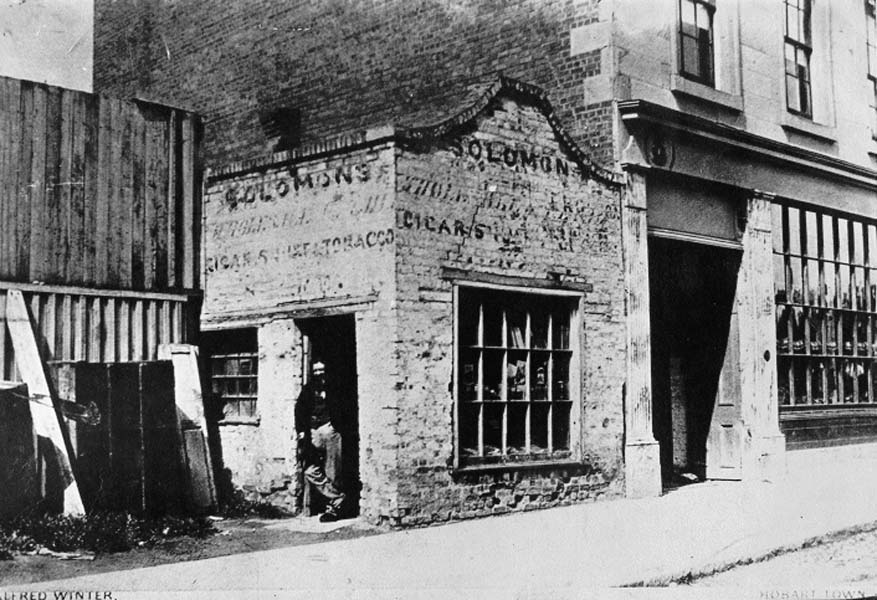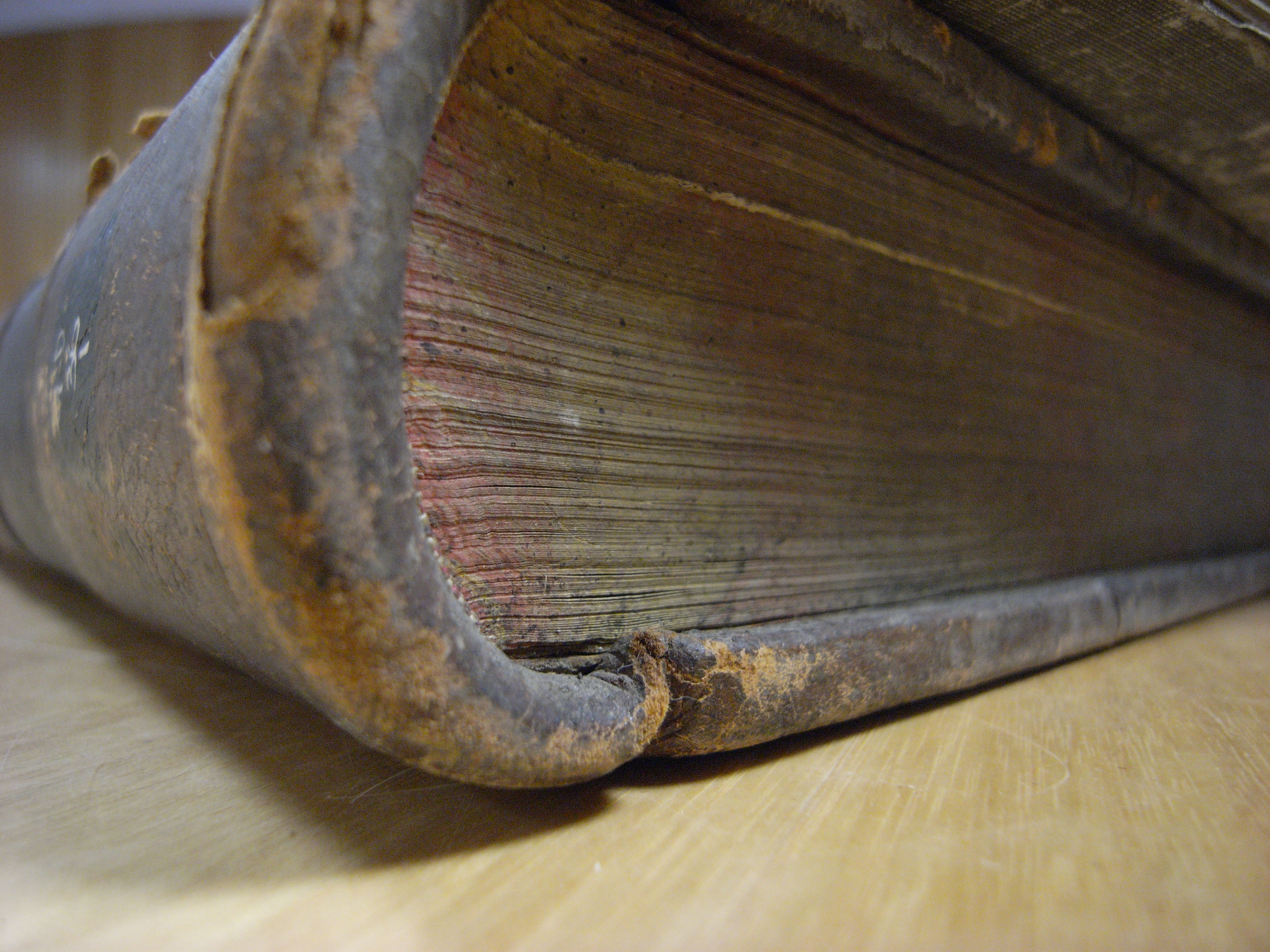AustLit
-
When John West (1809-73), churchman, anti-transportationist, educationist, newspaperman, and historian published his History of Tasmania , in two volumes, in the early 1850s, he was writing from within a well-established and extensive archive of Tasmanian settlement, and also with a sense of the renamed Van Diemen’s Land’s future. William Charles Wentworth included Van Diemen’s Land in his history of 1819. Henry Melville had already published his The History of the Island of Van Diemen’s Land from the Year 1824 to 1835 Inclusive, to which is added, a Few Words on Prison Discipline in 1835. Savery’s novel Quintus Servinton was 1830. James Ross’s Almanacs, from 1829, contained historical sketches of early Tasmania; George William Evans published his Description in 1822. Paul Strzelecki published his Physical Description of New South Wales and Van Diemen’s Land in 1845.
As we know from Marcus Clarke, the other valuable and generative resource from Tasmania’s past is its private and public collections of unpublished papers and records. For example, Tasmania’s convict records, whatever the veracity of stories about cavalier or censoring treatment in earlier decades, are now part of the UNESCO ‘Memory of the World Register.’ So from very early on Tasmania was self-consciously aware of its own history and of the value of its material records and tangible heritage. Illustrative here is Ian Pearce’s entry under ‘Archives Office of Tasmania’ in the Companion to Tasmanian History where he writes as ‘early as April 1826 Lt-Governor George Arthur referred to those “valuable Archives which in time are objects in every community of vital importance to the People at large.” During the next hundred years there was sporadic government consideration about what to do with its accumulating records, and from the early 1920s Amelia Wayn (1862-1951), whose indexing legacy remains in the Archives Office, was employed as an indexer and archivist working on some of the government’s older records’ (25). Ian Pearce, State Archivist from 1984-2009, and before him Peter Ross Eldershaw (1959-1967), founder of the Tasmanian Historical Research Association, and Robert Sharman (1949-1959) managed this compendious historical record.
-
These writers and archivists, along with others mentioned previously in this introduction, like Backhouse and Walker, Bonwick, Jorgensen, Knopwood, Burn, Mitchel, J. Walch (of the almanacs), Louisa Anne Meredith, J.W. Beattie, Trollope, Marcus Clarke, and James Fenton (A History of Tasmania from its Discovery in 1642 to the Present Time, 1884), Thaddeus W.H. Leavitt , The Jubilee History of Tasmania: Illustrated (1887), and the Cyclopaedia of Tasmania (1901) have created a heterogeneous canon of Tasmaniana. Writers in the twentieth century who both mined and expanded this canon include E.T. Emmett, Barrett, Sharland, Moore-Robinson (in Historical Brevities of Tasmania, published for a tourist readership in 1937), Roy Bridges, N. J. B. Plomley, R.W. Giblin (two volume history of Tasmania, 1928-29), Robson (two volume history of Tasmania, 1983-91), W.A. Townsley (two volume history Tasmania, 1803-1900 and 1945-1963 [1991]) and Michael Roe’s abridged Robson, Short History of Tasmania (1997). So by the time we get to late 20th-century and contemporary writers like Richard Flanagan, Carmel Bird, Amanda Lohrey, James Boyce, Henry Reynolds, James McAuley, Margaret Scott, Christopher Koch, Cassandra Pybus, Peter Conrad, Rohan Wilson and Nicholas Shakespeare, there is a massive archival heritage, as well as its counterpart – personal, family, folk memory and misremembering – to draw on for their poetry, fiction, travelogues and memoir.
This archive of Tasmaniana then is constantly in use, constantly being mined and searched in relation to any contemporary writing that has historical perspectives, settings or background. The case of Ikey Solomon (1787-1850) and his convict record, Old Bailey record, newspaper reports in London and Hobart, provides an instance. Initially a free member of the Hobart community in the 1820s, having followed his transported wife Hannah, later arrested in Hobart, imprisoned in Richmond, where he became a javelin man, eventually dying and being buried in the former Jewish cemetery in West Hobart, possibly drawn on by Dickens for his Fagin and Fagin’s trial Solomon’s life is rescripted as a character in William Thomas Moncrieff’s Van Diemen's Land, or, Settlers and Natives (1830), a central character in Bryce Courtenay’s The Potato Factory trilogy (1995 and 2000 tv mini-series; Tommo and Hawk 1997; Solomon's Song 1999), object of contestation about historical fiction (see Judith Sackville-O’Donnell, The First Fagin : The True Story of Ikey Solomon, 2002) and a focus of historical research on Jewish lives in Tasmania (see Peter and Ann Elias, eds A Few From Afar: Jewish Lives in Tasmania from 1804 [Hobart: The Hobart Jewish Congregation, 2003]).
-
But the quarrying of the Tasmanian archive for historical evidence and the material of reconstructed history is not the whole story. A complex trope of amnesia is also bound up with this idea of the constant archive. The relation of archive to public memory is a complex rather than straightforward one. For Peter Conrad, ‘Tasmania has unwritten its own history’ (96). He sees Sylvia’s amnesia in His Natural Life as a symbol of a Tasmanian ailment that he too suffers from: the agreement not to remember things.
For Richard Flanagan remembering is a different kind of problem, for him the archive isn’t the repository of any kind of truth about the past. (The reader is reminded of the extravagant, multiply ironic rhetoric of Defoe’s prefaces to Volumes II and III of Robinson Crusoe about the truthfulness of the narrator’s island-life.) At the beginning of Gould's Book of Fish, for instance, the narrator Syd Hammet, a native of Hobart, who is in business with a couple of other shady characters, makes a living from manufacturing fake antiques and ersatz whalebone for sale to gullible American tourists. They market their fraudulent artefacts under the brand of the spurious ‘Van Diemonian Antiquarian Association,’ like St Kildans in the mid nineteenth century posing for tourists and manufacturing ‘bogus’ Celtic relics (Gillis 130). The novel veers surreally between Hobart of the present and the Sarah Island convict station of the early 1830s, the site of a massive Borgesian archive of false records and documents authored by Jorgen Jorgenson. So from the beginning of the novel Flanagan is playing with the idea of the writer of fiction as someone who deals in less than genuine artefacts – or stories – from the past, from the archive, whose truthfulness is also seriously in doubt. The whole narrative of the novel is only Hammett’s recollections of a lost original. History is traduced by legend, is available to be faked, exploited, rewritten, repurposed – it’s a sordid franchise. Yet at the same time, it is in the archive, literally, the Allport Library, where Flanagan discovered the inspiration for the novel, William Buelow Gould’s ‘Sketchbook of Fishes,’ 36 delicate watercolour studies Gould made of marine creatures from Tasmanian waters. (Gould’s Sketchbook is now on UNESCO’s ‘Memory of the World Register’; see Mead, ‘Strange narrative density.’) So in Flanagan’s perspective, the Tasmanian archive is full of lies and silences about a sordid and violent past but it also harbours, miraculously, the possibility of art.
For Nicholas Shakespeare, by contrast, Tasmania is in fact the place he comes to remember his family’s past, a past which was forgotten and obscured at home. It’s in the Tasmanian archives that he discovers that one of his ancestors Anthony Fenn Kemp is not ‘some low-life in the rum and tobacco trade’ but ‘the Father of Tasmania’ and the ‘George Washington of Van Diemen’s Land’ (30). This leads, though, to the further discovery of the ‘common Tasmanian habit of concealing social or racial origins, and of emphasising some aspects of one’s past to the cost of others’ (295). We’ve already seen the way in which the journal records of Aboriginal Van Diemen’s Land, in the case of Robinson’s writing, can, for Greg Lehman, be both an archive of flawed truth and inaccurate tragedy.
-
Read on to next section: Tasmanian Print and Book History.
You might be interested in...







